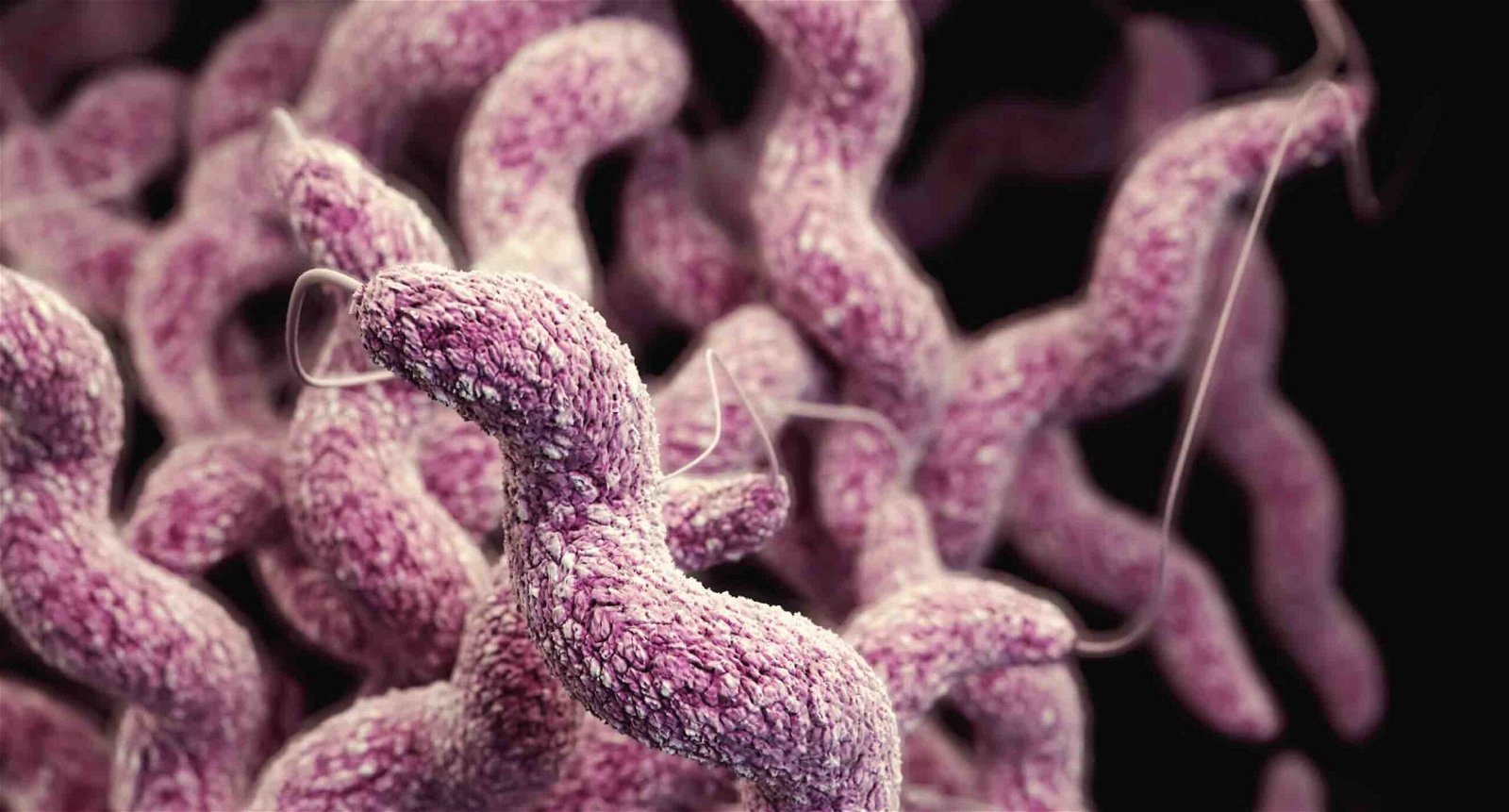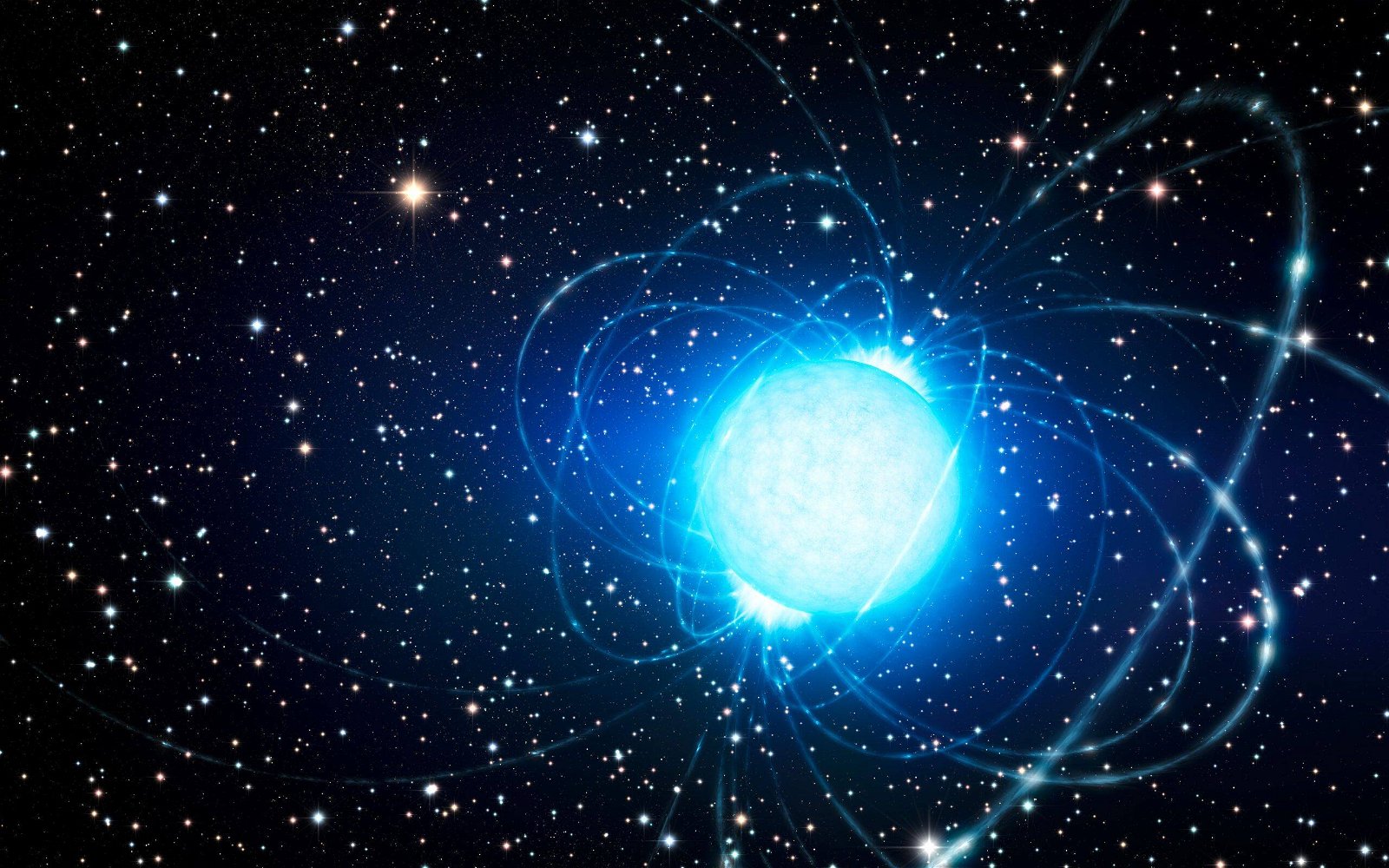An international team of researchers has revealed the existence of a previously unrecognized variety of virus-like agents that reside within the human body.
Identified with the aid of special techniques that study microbe gene expression, known as metatranscriptomic data, the new class of life form has been dubbed “Obelisks,” according to new research led by biologist Ivan Zheludev of Stanford University.
According to newly published research detailing the discovery, Obelisks possess several unique characteristics that set them aside from other biological agents, which include secondary rod-like structures and open reading frames capable of facilitating a superfamily of proteins for which the researchers have assigned an equally intriguing name: “Oblins.”
“We find that Obelisks form their own distinct phylogenetic group,” Zheludev and his colleagues write, “with no detectable sequence or structural similarity to known biological agents.”
Given their unique nature, the team believes Obelisks may serve as a sort of genetic “missing link” between viruses and less complex genetic molecules.
According to their research, the team found that Obelisks were detected in around seven percent of stool samples analyzed, and in close to 50% of oral samples collected.
Obelisks were also found to differ in composition with relation to the areas within the body that they are found and were observed being able to maintain a continued presence lasting more than 300 days in one observed instance.
Further, the researchers report that searches for Obelisks identified almost 30,000 varieties comprising examples detected in hosts from all seven continents and a variety of different ecological conditions.
Possessing remarkably small genetic sequences of only around 1,000 characters, it is little surprise that Obelisks have remained unnoticed by scientists for so long.
In addition to their minuscule size, there were subsets of Obelisks that were found to possess a range of specific qualities. This included a subtype of Obelisks that appears to bear ribozyme signatures of a viroid-like replication mechanism.
In another instance, the team says they identified one case involving the bacterial species Streptococcus sanguinis “in which a subset of defined laboratory strains harboured a specific Obelisk RNA population.”
“As such, Obelisks comprise a class of diverse RNAs that have colonised, and gone unnoticed in, human, and global microbiomes,” the researchers report.
A research paper describing the discoveries, “Viroid-like colonists of human microbiomes,” appeared on the preprint biology bioXriv.
Micah Hanks is the Editor-in-Chief and Co-Founder of The Debrief. He can be reached by email at micah@thedebrief.org. Follow his work at micahhanks.com and on X: @MicahHanks.

